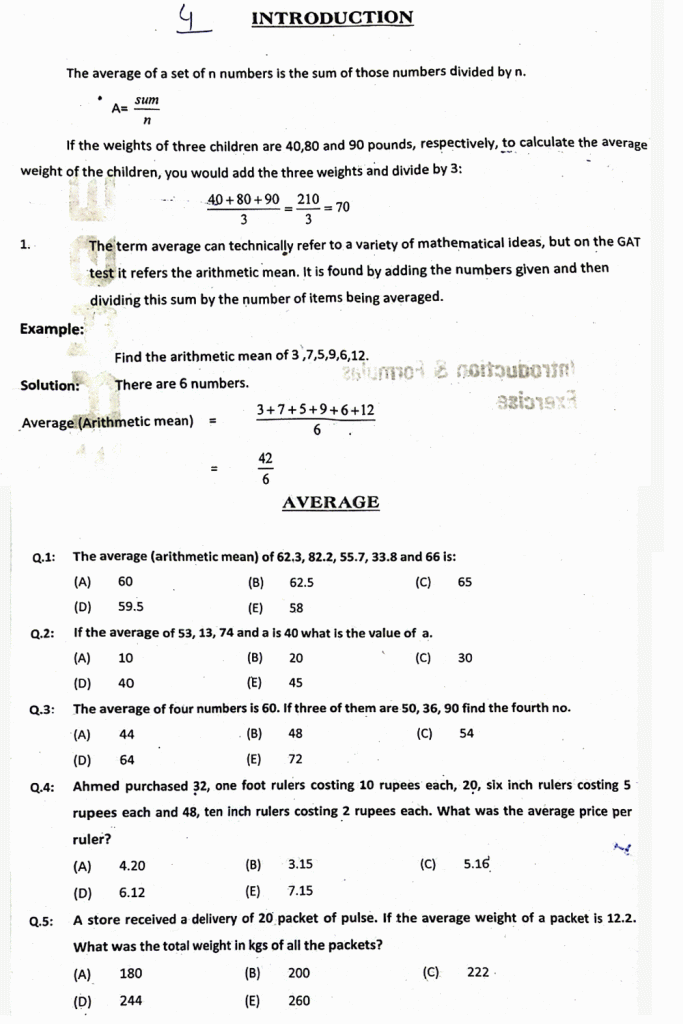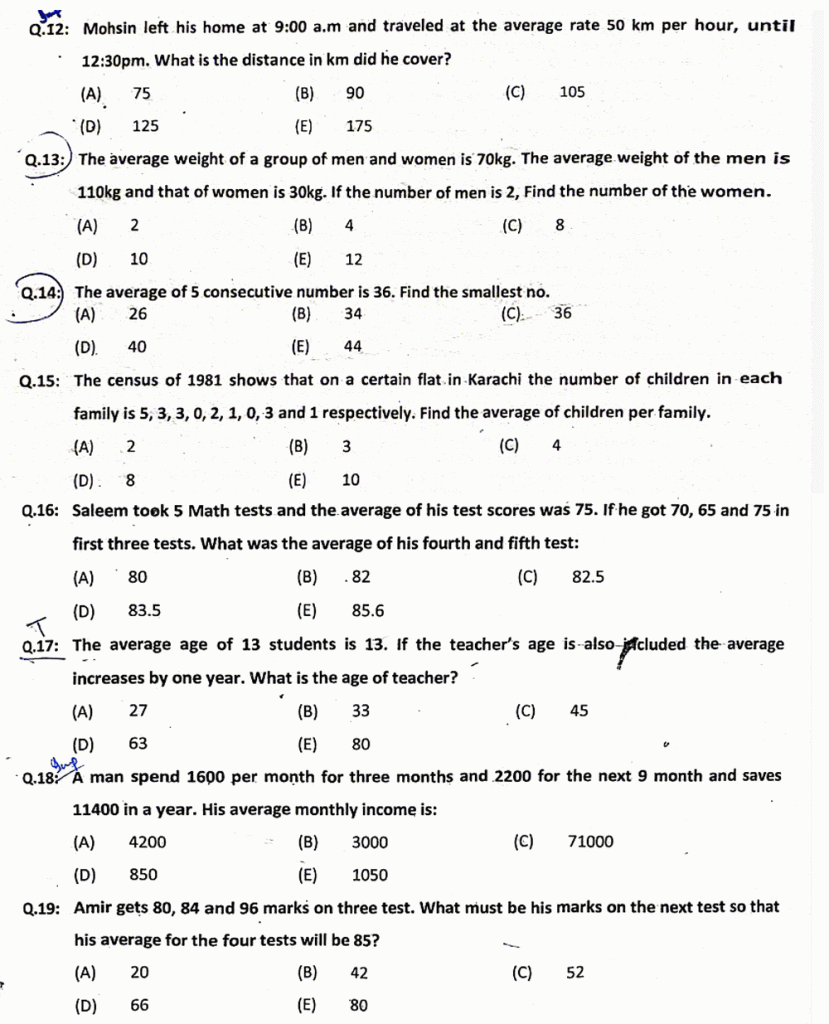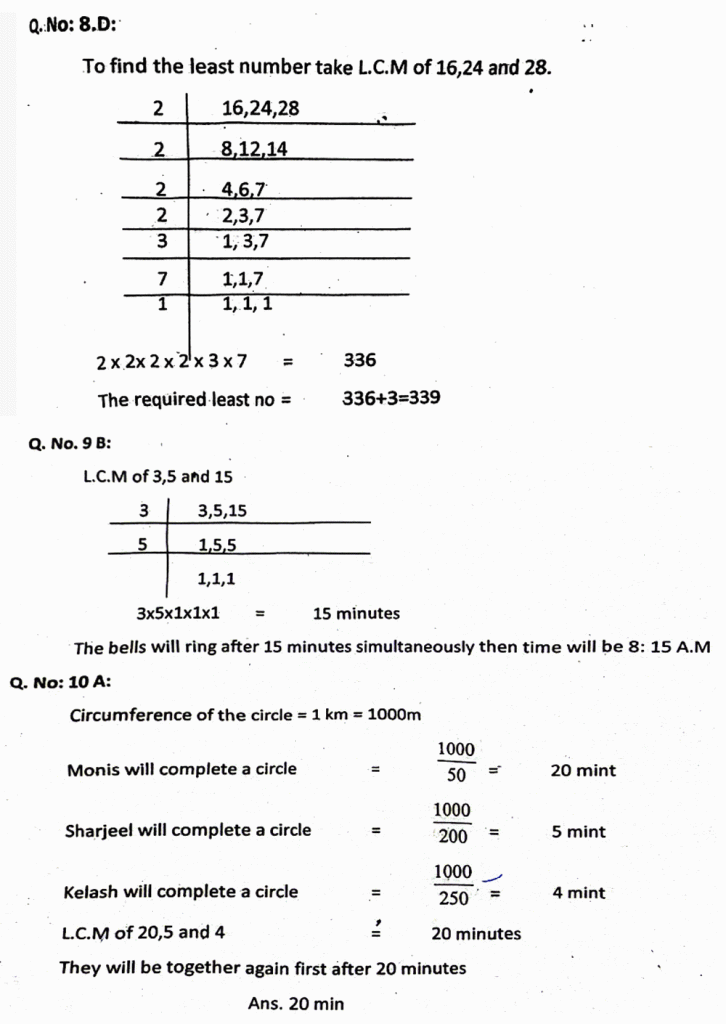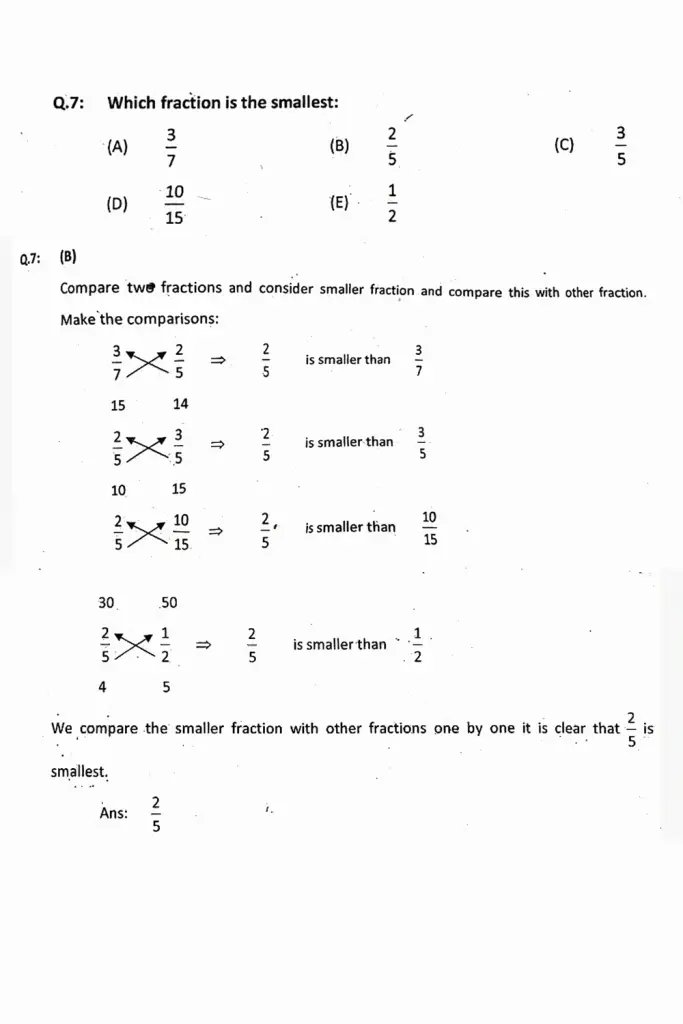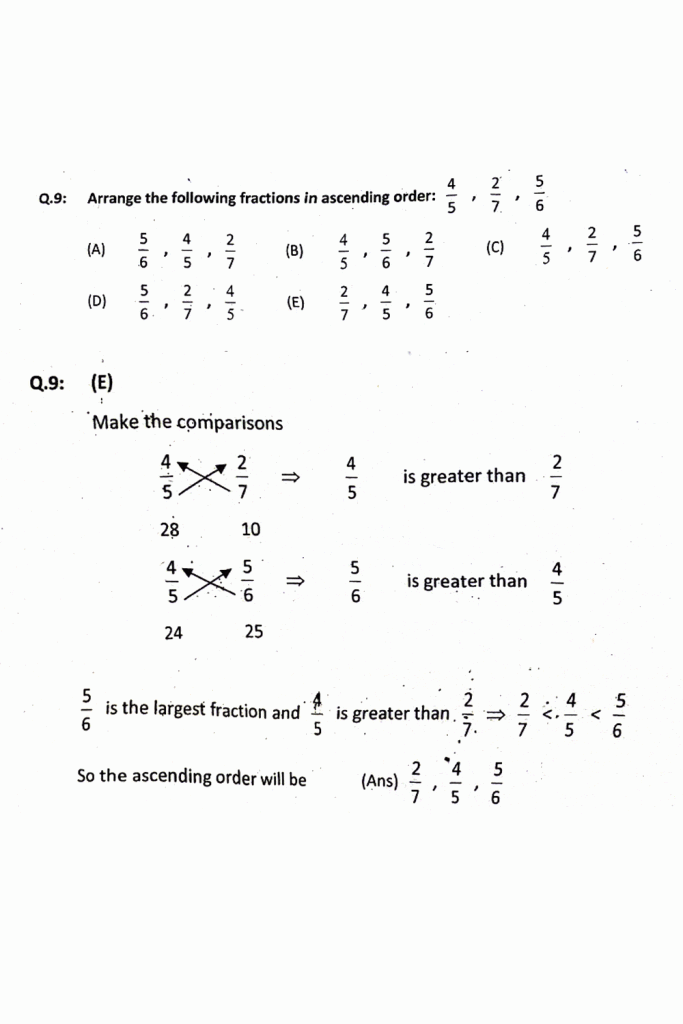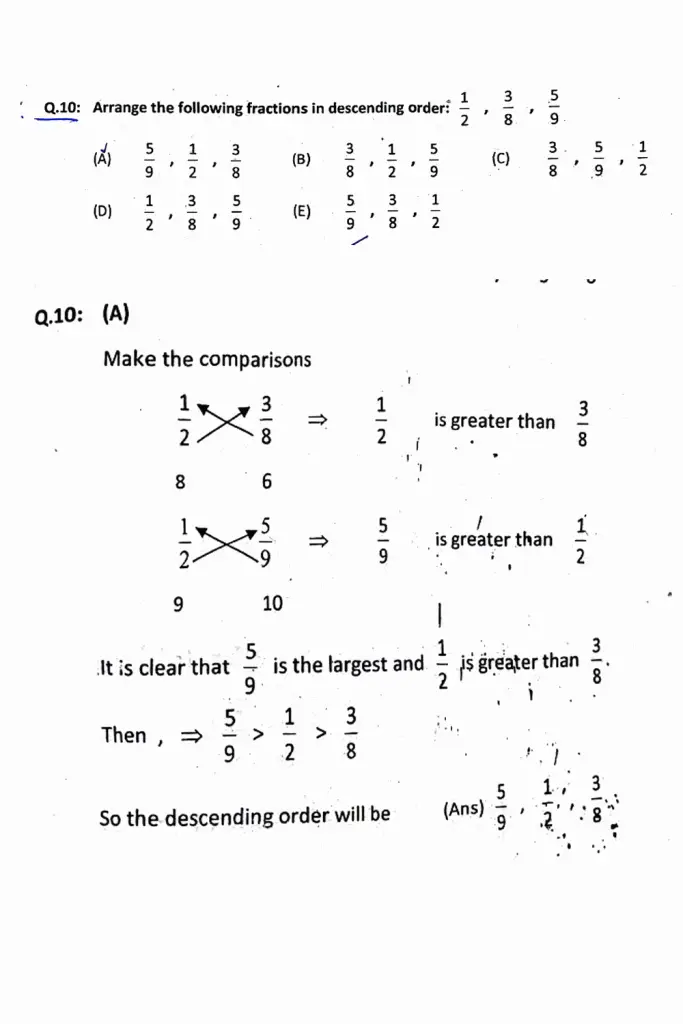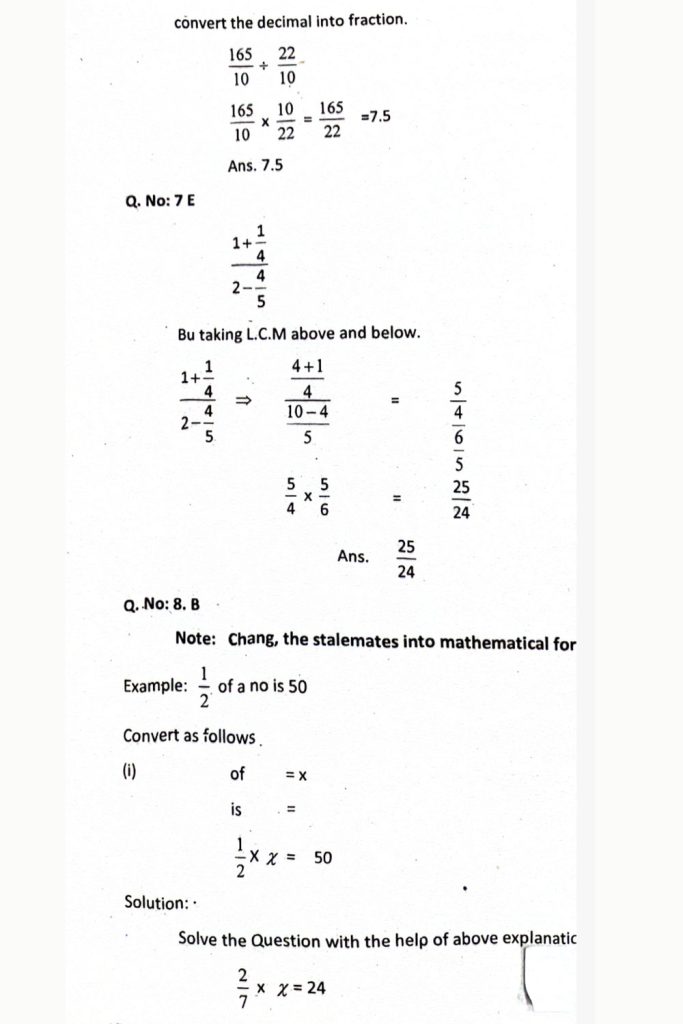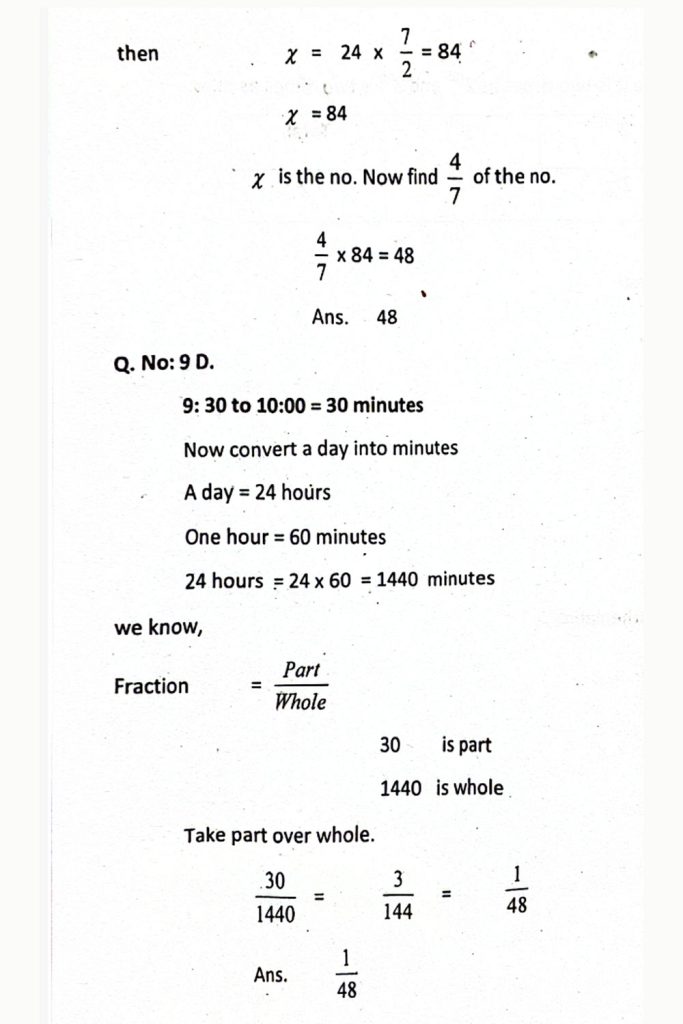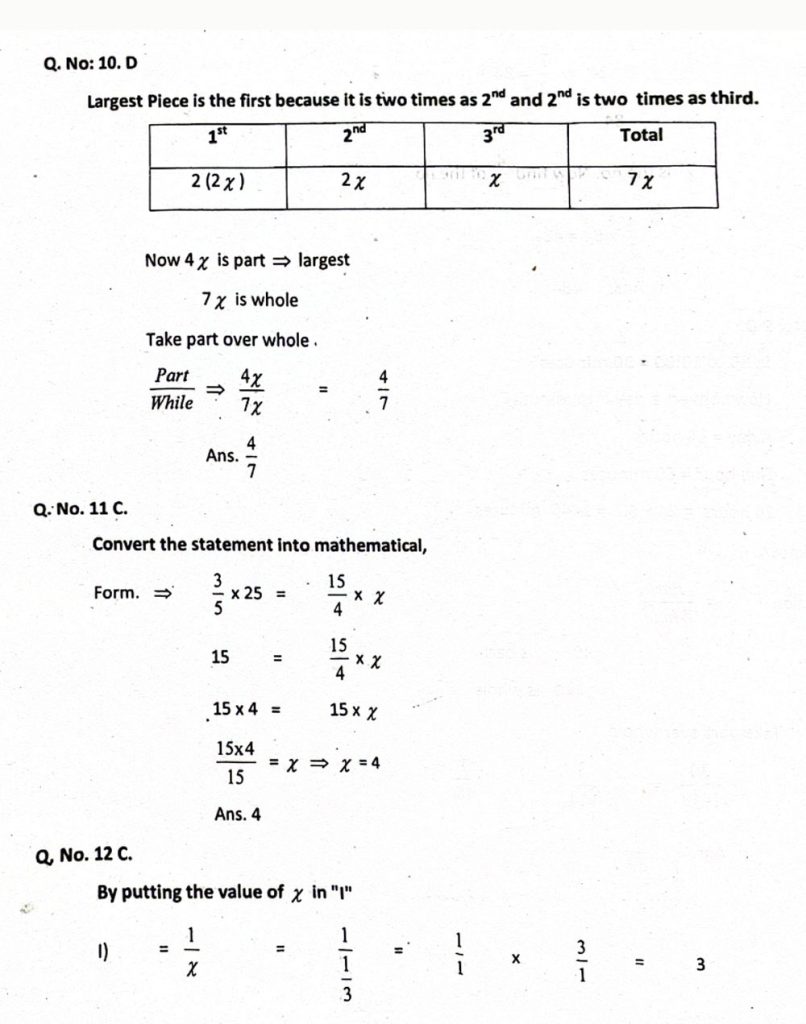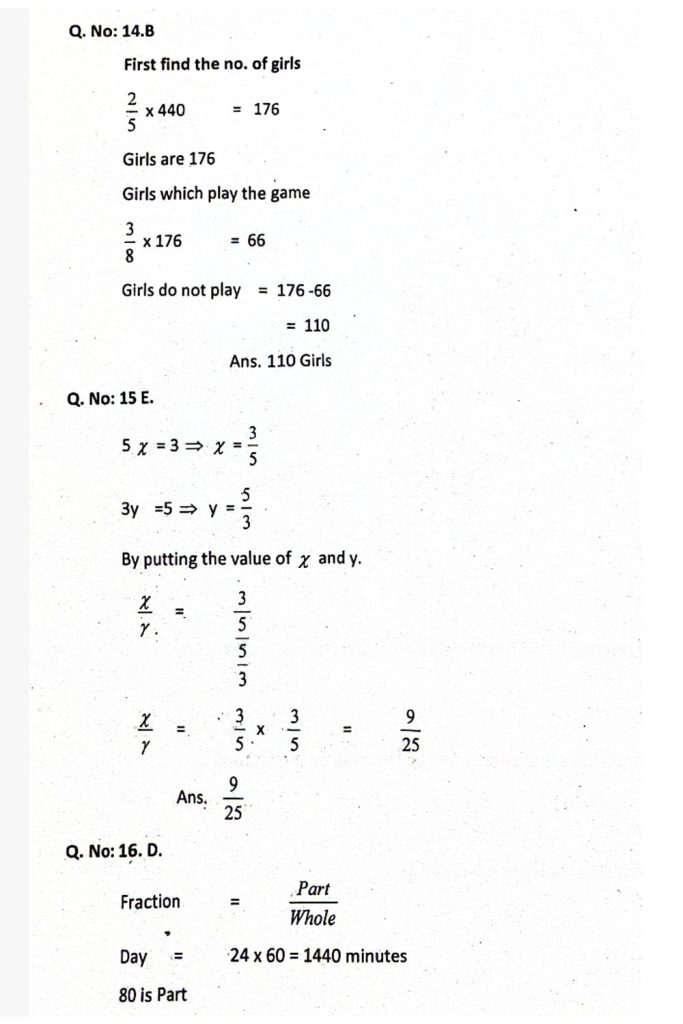Basic Arithmetic Operations with Examples
Addition (‘+’)
Definition: Combining two or more numbers into a single value. The order of numbers doesn’t matter (commutative).
Example: 4 + 3 = 7
Rules:
Addition of two positive integers results in a positive integer.
Addition of two negative integers results in a negative integer.
When adding a positive and a negative integer, subtract the values and use the sign of the larger integer.
Subtraction (‘-‘)
Definition: Finding the difference between two numbers. It is the inverse of addition and can be thought of as adding a negative number.
Example: 15 – 7 = 8 (can also be written as 15 + (-7) = 8)
Rules:
Subtraction of two positive integers results in a positive integer.
Subtraction of two negative integers results in a negative integer.
For integers with different signs, subtract the values and take the sign of the larger integer.
Multiplication (‘×’)
Definition: Repeated addition of the same number. It involves two values, the multiplier and multiplicand, producing a product.
Example: 2 × 3 = 6 (where 2 is the multiplier, 3 is the multiplicand, and 6 is the product)
Rules:
The product of two positive integers is positive.
The product of two negative integers is positive.
The product of a positive and a negative integer is negative.
Division (‘÷’)
Definition: The inverse of multiplication, dividing one number (dividend) by another (divisor) to obtain a quotient.
Example: 4 ÷ 2 = 2 (where 4 is the dividend, 2 is the divisor, and 2 is the quotient)
Rules:
Dividing two positive integers results in a positive integer.
Dividing two negative integers results in a positive integer.
Dividing integers with different signs results in a negative integer.
Inverse Operations
Addition and Subtraction: These are inverse operations. If 4 + 7 = 11, then subtracting 7 from 11 gives 4.
Example: 11 – 7 = 4
Multiplication and Division: These are also inverse operations. If 4 × 5 = 20, then dividing 20 by 5 gives 4.
Example: 20 ÷ 5 = 4
- Conclusion:
These basic arithmetic operations are the foundation of mathematical calculations and are easily understandable. The inverse relationships between addition-subtraction and multiplication-division show how these operations are interconnected.
